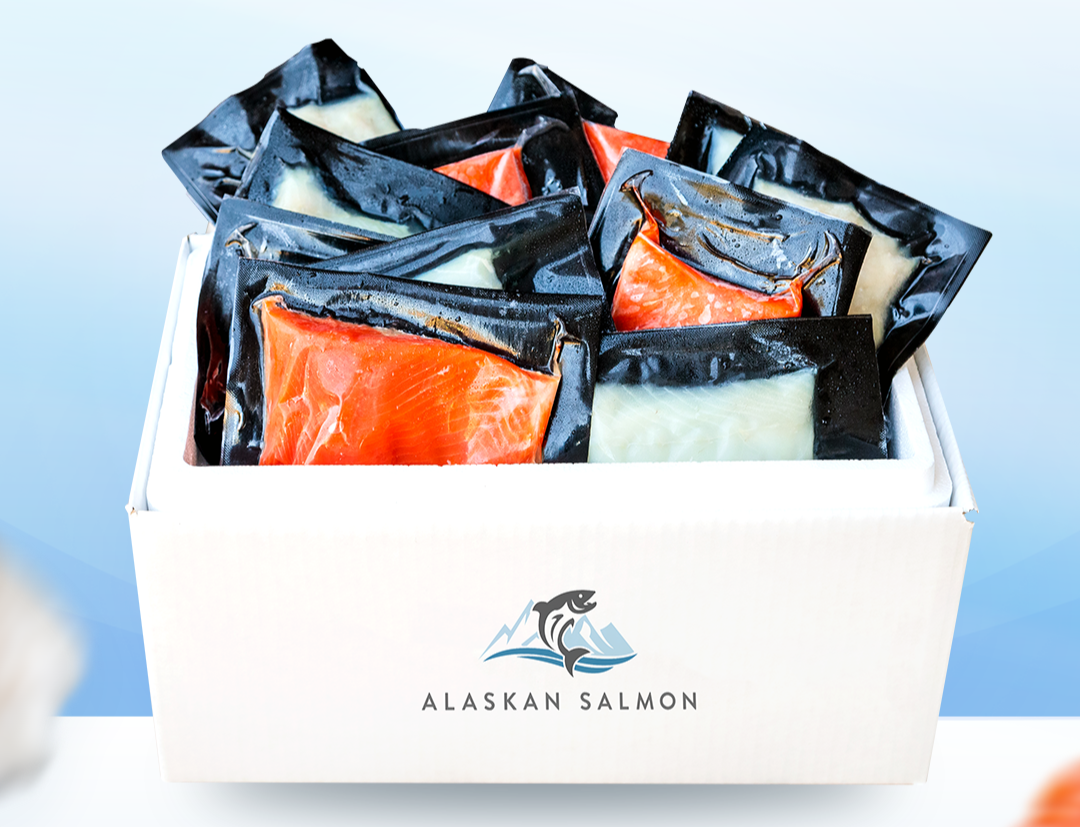High Cholesterol Fish and Seafood to Avoid
Updated on Jul 11, 2025
If you’ve been told to watch your cholesterol, you’ve probably heard that fish is a smart choice. And in many cases, it is. But here’s what most people don’t realize — not all fish and seafood is good for your heart.
Some fish are packed with healthy fats that can help lower bad cholesterol. Others? Not so much. In fact, a few popular seafood picks could be quietly working against your goals.
So how do you know which fish to keep on your plate and which ones to skip? That’s exactly what we’re breaking down in this guide.
Cholesterol in Fish
Fish usually gets a good rep when it comes to heart health, and for the most part, it deserves it. But there’s a little more to the story. While many fish are rich in omega-3s, they also contain cholesterol. That doesn't automatically make them bad for you, but it's worth paying attention to — especially if you're managing high cholesterol.
Cholesterol shows up in all animal-based foods, and fish is no exception. Some types are low in cholesterol and super heart-friendly. Others, like certain shellfish or oily fish, are on the higher end. The goal is to know which ones to lean into and which ones to enjoy a bit more cautiously.
Related: Is Seafood Healthy?
Are All Cholesterol in Fish Bad?
Here’s the thing. Cholesterol isn’t all bad. Our bodies actually need it to function. The trouble starts when your LDL cholesterol (the one they call “bad”) gets too high. That’s what can clog arteries and raise your risk for heart disease.
Now when it comes to fish, yes, they’ve got cholesterol. But a lot of them also pack healthy fats like omega-3s, and those can help lower your LDL and boost the good kind, HDL. So eating fish doesn’t automatically mean your cholesterol is going up.
What really matters is the type of fish you’re eating. Some are great for your heart, while others might not be the best choice. If you’re trying to keep your cholesterol in check, it’s all about picking the right ones.
Fish High in Bad Cholesterol to Avoid
If you’re trying to lower your cholesterol, not all fish and seafood is your friend. Some are naturally higher in cholesterol and saturated fats, which can work against your heart health goals. Here are a few you might want to eat less often — or skip altogether.
- Shrimp: 189 mg (per 3 oz cooked)
- Squid (Calamari): 198 mg (per 3 oz fried)
- Lobster: 124 mg (per 3 oz cooked)
- Crab: 80 mg (per 3 oz cooked)
- Octopus: 82 mg (per 3 oz cooked)
- Mackerel (King): 70 mg (per 3 oz cooked)
- Sardines (in oil): 61 mg (per 3 oz)
- Anchovies: 63 mg (per 3 oz)
Best Fish for High Cholesterol
Just because you’re watching your cholesterol doesn’t mean you have to skip fish and seafood altogether. In fact, some fish can actually help improve your cholesterol levels thanks to their healthy fats and low saturated fat content. These are great options to add to your meals more often:
- Salmon (wild-caught): 55 mg (per 3 oz cooked)
- Sardines (in water): 40 mg (per 3 oz)
- Trout (rainbow): 59 mg (per 3 oz cooked)
- Herring: 60 mg (per 3 oz cooked)
- Mackerel (Atlantic): 60 mg (per 3 oz cooked)
- Tuna (light, canned in water): 35 mg (per 3 oz)
- Cod: 43 mg (per 3 oz cooked)
- Pollock: 61 mg (per 3 oz cooked)
These fish are rich in omega-3s and lower in harmful fats, making them some of the best choices for heart-conscious eating.
Related: Fish High in Omega-3 Fatty Acids
Serving Recommendation
If you’re trying to manage high cholesterol, portion size and preparation methods matter just as much as the type of fish you choose. Stick to about two to three servings of fish per week, with each serving around 3 to 4 ounces cooked.
Go for heart-healthy cooking methods like:
- Grilling
- Baking
- Steaming
- Broiling
Avoid deep-frying or loading your fish with butter-based sauces. Instead, use herbs, lemon, or olive oil to add flavor without piling on unhealthy fats.
And remember — consistency is key. A few smart choices each week can add up to better numbers on your next cholesterol test.
Summary
Not all fish and seafood is off-limits when you’re watching your cholesterol. Some like salmon, trout, and sardines can actually help improve your heart health. Others, especially shrimp, squid, and certain shellfish, are best kept as occasional treats.
The trick is knowing what to eat more of, what to limit, and how to prepare your meals in a heart-friendly way. Go for cooking methods like grilling, baking, or steaming. And if you’re not sure where to find high-quality fish, our wild-caught sockeye salmon is a great option. It’s low in saturated fat and high in omega-3s — perfect for anyone trying to manage their cholesterol naturally.
With a little planning, fish can still be one of the best things on your plate—even if you’re keeping an eye on your cholesterol numbers.








